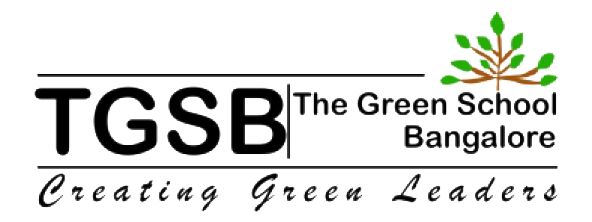ICSE Physics Sound
Chapter Focus: “Sound” from Grade 9 ICSE Physics Curriculum
Traditional Teaching Approach:
ICSE Physics Sound
Typically, the chapter on “Sound” is taught through textbook descriptions and standard classroom lectures. Concepts such as sound waves, their properties (wavelength, frequency, amplitude), speed of sound, reflection (echoes), and uses of sound are explained using diagrams and equations. Demonstrations might include simple experiments like observing the vibration of a tuning fork or using slinkies to demonstrate wave motion, but often these examples don’t fully engage students or connect with their everyday experiences.

TGSB’s Experiential and Exciting Teaching Approach:
At The Green School Bangalore (TGSB), the teaching of the “Sound” chapter is transformed into an interactive, hands-on learning experience that connects with students on a practical and personal level. Here’s how TGSB would bring the physics of sound to life:
1. Sound Safari: An Auditory Exploration
Students embark on a “Sound Safari” around the school to collect different sounds using digital recorders. This activity helps them identify various sound sources and qualities (pitch, volume, timbre) in their environment. They analyze these sounds in class using software that visualizes sound waves, helping them understand wave properties in a real-world context.
2. DIY Instruments Workshop
In this engaging workshop, students craft their own musical instruments from recycled materials. This could include simple string instruments, drums, or wind instruments. The creation process itself teaches the physics of sound production and the effect of changing variables (such as string tension or air column length) on the sound produced. Students then perform with their instruments, applying concepts of frequency and amplitude in a fun, collaborative setting.
3. Echo and Resonance Experiments
Instead of just discussing echoes theoretically, students explore echo generation through structured experiments. They might visit a local auditorium or an open field to experiment with sound reflection and measure echo times using smartphones or other simple devices. Back in the classroom, experiments with tuning forks and water, or building simple resonance tubes, demonstrate the phenomenon of resonance practically and visually.
4. Soundproofing Challenge
To deepen understanding of sound waves and their transmission, students engage in a “Soundproofing Challenge.” They design and test various materials and methods to create the most effective soundproofing for a small model room. This project integrates concepts of sound absorption, reflection, and transmission, encouraging creative problem-solving and engineering skills.
By turning the chapter on “Sound” into a series of interactive, hands-on experiences, TGSB not only makes learning more engaging but also more memorable. Students are not just passive recipients of information but active participants in discovering and understanding the principles of sound. This approach not only aids in deeper comprehension but also sparks a curiosity and excitement for learning that textbook-based teaching often fails to achieve.

